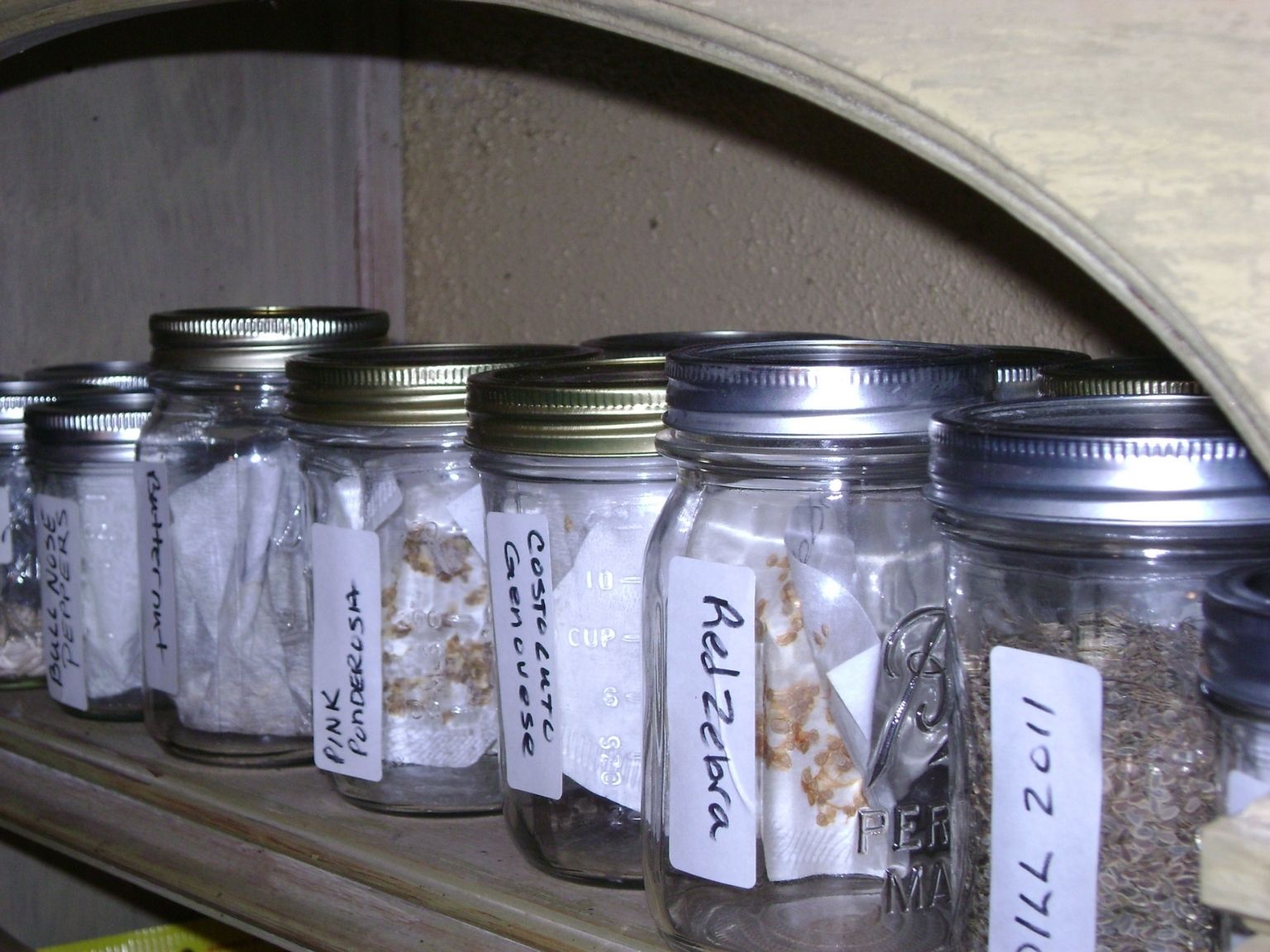

Articles
How To Store Seed
Modified: September 1, 2024
Learn how to store seed with our informative articles. Find tips and techniques for proper seed storage to ensure successful growth.
(Many of the links in this article redirect to a specific reviewed product. Your purchase of these products through affiliate links helps to generate commission for Storables.com, at no extra cost. Learn more)
Introduction
Seed storage is a crucial aspect of gardening and agriculture. Whether you are a home gardener or a professional farmer, properly storing your seeds is essential for ensuring their viability and longevity. By taking the necessary steps to store seeds correctly, you can maintain their quality and maximize their potential for future planting.
In this article, we will explore the importance of seed storage and provide you with valuable insights and tips on how to store seeds effectively. We will discuss the selection of appropriate containers, the preparation of seeds for storage, ideal conditions for seed storage, common mistakes to avoid, labeling and organization techniques, methods for monitoring seed viability, and long-term storage options.
By following these guidelines, you can ensure that your stored seeds remain healthy and viable, ready to germinate and produce thriving plants when the time comes. So let’s dive in and unravel the secrets to successful seed storage!
Key Takeaways:
- Proper seed storage is essential for preserving genetic diversity, ensuring a continuous supply of high-quality seeds, and adapting to changing environmental conditions in gardening and agriculture.
- Choosing the right containers, preparing seeds for storage, and employing long-term storage options are crucial for maintaining seed viability and maximizing successful germination.
Read more: How Long Can Seeds Be Stored
Understanding the Importance of Seed Storage
Seed storage plays a crucial role in preserving the genetic diversity of plants and crops. It enables us to save and store seeds from one growing season to another, ensuring a continuous supply of high-quality seeds. By storing seeds properly, we can extend their viability, keeping them dormant until the conditions are right for germination.
One of the primary reasons for seed storage is to preserve heirloom and rare varieties. Many plant varieties are at risk of extinction due to factors such as habitat destruction and the industrialization of agriculture. Storing these seeds allows us to safeguard genetic diversity and prevent the loss of unique and valuable plants.
Seed storage is also important for farmers and gardeners who rely on specific plant varieties for their livelihoods or personal preferences. By storing seeds, they can maintain consistency in crop production and preserve the characteristics and qualities that make certain varieties desirable.
Another benefit of seed storage is its role in adaptation and resilience. Climate change poses significant challenges to agriculture, with shifting weather patterns and unpredictable conditions impacting crop productivity. By storing seeds, farmers and gardeners can select and plant varieties that have proven to be resilient and adaptable to changing environmental conditions.
Furthermore, proper seed storage allows for the sharing and exchange of seeds within communities. Seed banks and seed libraries are valuable resources that ensure the availability and accessibility of a wide range of plant varieties. These community-driven initiatives rely on effective seed storage practices to maintain the viability and diversity of the seeds they offer.
Overall, seed storage is vital for the preservation, sustainability, and resilience of plant species. It enables us to protect and maintain valuable genetic resources, adapt to changing environmental conditions, and ensure a continuous supply of nutritious food for future generations.
Choosing the Right Containers for Seed Storage
When it comes to storing seeds, choosing the right containers is essential to ensure their longevity and quality. The containers you select should provide airtight and moisture-proof conditions to protect the seeds from environmental factors that could compromise their viability. Here are some options to consider:
- Glass Jars: Glass jars are an excellent choice for seed storage. They are durable, non-reactive, and transparent, allowing you to easily see the contents. Make sure to select jars with airtight lids to prevent moisture and air from reaching the seeds.
- Plastic Containers: Plastic containers with tight-sealing lids can also be used for seed storage. Opt for food-grade containers that are free from harmful chemicals. Look for containers with good sealing mechanisms to keep the seeds protected.
- Seed Envelopes: Seed envelopes are particularly useful for storing individual seed varieties or smaller quantities. These paper envelopes are lightweight, breathable, and easy to label. They also allow for proper air circulation, which is crucial for maintaining seed viability.
- Vacuum-Sealed Bags: Vacuum-sealed bags can be a great choice for long-term seed storage. When using these bags, ensure that all the air is removed before vacuum sealing to prevent moisture buildup. This method can help extend the shelf life of your seeds.
- Seed Storage Boxes: Specialized seed storage boxes are available on the market. These boxes are designed with seed storage in mind, featuring compartments or dividers to keep different varieties organized. Look for boxes made from sturdy materials and with a tight seal to protect the seeds from light, moisture, and air.
Regardless of the container you choose, it is essential to make sure it is clean and dry before storing your seeds. Any residual moisture or contaminants in the container could lead to seed spoilage or mold growth.
Remember to consider the size of the container as well. It should provide enough space to store the seeds without crushing or overcrowding them. This allows for proper air circulation and prevents any damage to the seeds during storage.
By carefully selecting the right containers for seed storage, you can ensure that your precious seeds remain protected and in optimal condition until it’s time to plant them.
Preparing Seeds for Storage
Properly preparing seeds for storage is a critical step to ensure their viability and longevity. By following these steps, you can help protect the seeds from damage and optimize their chances of successful germination in the future:
- Cleaning: Start by cleaning the seeds to remove any plant debris, dirt, or excess moisture. Gently rub the seeds between your fingers or use a fine sieve to remove debris. Avoid using water unless necessary, as excess moisture can lead to mold or fungal growth.
- Drying: After cleaning, ensure that the seeds are completely dry before storing. Spread them out on a clean, dry surface or use a paper towel to absorb any remaining moisture. Allow the seeds to air-dry naturally in a well-ventilated area. Avoid using artificial heat sources, as excessive heat can damage the seeds.
- Seed Treatment: Some seeds benefit from specific treatments before storage to enhance their viability. For example, stratification or scarification may be necessary for certain plant species. Research the specific requirements of the seeds you are storing and follow the appropriate treatment methods.
- Removing Chaff: If the seeds have a husk or chaff, remove these non-essential parts to prevent moisture retention and potential mold development. You can gently rub the seeds between your hands or use a clean cloth to remove the chaff.
Once the seeds are cleaned, dried, treated (if necessary), and free from any plant debris, they are ready for storage. Remember to handle the seeds with care and avoid excessive handling to prevent any physical damage that may affect their viability.
It is worth noting that some seeds have a naturally short shelf life, while others can remain viable for several years or even decades. Understanding the lifespan of different seeds and their specific storage requirements is crucial for maintaining their viability for as long as possible.
By taking the time to properly prepare your seeds for storage, you are ensuring their optimal condition during dormancy and increasing the chances of successful germination when the time comes to plant them.
Recommended Conditions for Seed Storage
The conditions in which seeds are stored can greatly impact their viability and longevity. To maximize the chances of successful germination in the future, it is important to provide the following recommended conditions for seed storage:
- Temperature: The ideal temperature for seed storage typically ranges from 32°F to 50°F (0°C to 10°C). It is crucial to keep the seeds in a cool environment to slow down their metabolic activity and prevent premature germination. Avoid storing them in areas prone to temperature fluctuations, such as near heaters or in direct sunlight, as these conditions can negatively affect seed quality.
- Humidity: Low humidity levels are essential for seed storage. Aim for a relative humidity (RH) level of around 20% to 40%. Excess moisture can lead to mold growth or damage the seeds’ internal structures. To maintain appropriate humidity levels, you can use desiccants, such as silica gel packets or rice, in your seed storage containers.
- Light: Most seeds need to be stored in a dark or low-light environment. Light can initiate the germination process in some seeds, which is undesirable during storage. Opt for opaque or dark-colored containers to prevent any exposure to light. However, there are a few exceptions where seeds require light for germination, such as lettuce or petunia seeds. It is important to research the specific light requirements of the seeds you are storing.
- Airflow: Proper air circulation is crucial to prevent the buildup of moisture and stagnant air within the storage containers. Ensure that the containers you choose have adequate ventilation or include breathable materials like paper envelopes. Avoid tightly sealing containers without any airflow, as this can trap moisture and lead to seed deterioration.
It is important to note that different types of seeds may have specific temperature and humidity requirements. Some seeds, such as tropical plants, may benefit from slightly higher temperatures and humidity levels. Research the optimal conditions for the specific seeds you are storing to ensure their viability.
Additionally, it is a good practice to periodically check the storage conditions and inspect the stored seeds for any signs of deterioration or contamination. Regular monitoring can help you detect any issues early and take appropriate actions to maintain seed quality.
By providing the recommended storage conditions of temperature, humidity, light, and airflow, you can significantly increase the chances of preserving seed viability and ensuring successful germination in the future.
Read more: Where To Store Seeds
Common Mistakes to Avoid in Seed Storage
Proper seed storage is crucial for maintaining seed viability and ensuring successful germination. However, certain mistakes can compromise the quality and longevity of stored seeds. To avoid these pitfalls, here are some common mistakes to steer clear of when storing your seeds:
- Poor Container Choice: Choosing the wrong container can be detrimental to seed storage. Avoid using containers that are not airtight, leaky, or made from materials that can react with the seeds. Improper containers can allow moisture and air to enter, leading to mold growth, seed deterioration, or premature germination.
- Ignoring Seed Quality: It is essential to start with high-quality seeds for storage. Seeds that are already damaged, infected, or weak will not store well and may not germinate successfully. Ensure that the seeds you plan to store are healthy and free from any visible signs of damage or disease.
- Improper Seed Drying: Inadequate drying of seeds before storage can be detrimental to their viability. If seeds are stored with excess moisture, they can develop mold or rot. Take the time to thoroughly dry seeds, allowing them to air-dry naturally and ensuring they reach an appropriate moisture content before storage.
- Incorrect Labeling: Accurate labeling is essential for keeping track of seed varieties, planting instructions, and storage dates. Failure to label seeds correctly can lead to confusion and the risk of using expired or incorrect seeds in future planting seasons. Use clear labels that include the seed variety, date of collection or purchase, and any necessary information for successful germination.
- Exposing Seeds to Incorrect Temperatures: Extreme temperatures, whether too high or too low, can significantly impact seed viability. Avoid storing seeds in areas prone to temperature fluctuations, direct sunlight, or near heat sources such as radiators. Consistency in temperature is key for preserving seed quality during storage.
- Improper Storage Environment: Storing seeds in environments with high humidity or exposure to light can jeopardize their longevity. Seeds can absorb moisture, lose viability, or prematurely germinate if they are not stored in a dry and dark location. Ensure that the storage environment provides low humidity levels, limited exposure to light, and proper airflow to prevent deterioration.
By avoiding these common mistakes, you can ensure that your stored seeds remain healthy, viable, and ready for successful germination in future planting seasons. Taking the time to follow proper storage practices will preserve the genetic potential of your seeds and contribute to the success of your gardening endeavors.
Store seeds in a cool, dry place to maintain their viability. Airtight containers, such as glass jars or plastic bags, can help protect seeds from moisture and pests. Label containers with the seed type and date of collection.
Labeling and Organizing Stored Seeds
Labeling and organizing stored seeds plays a vital role in ensuring easy retrieval, proper identification, and effective management of your seed collection. By implementing a systematic approach to labeling and organization, you can save time, prevent confusion, and maintain the integrity of your seed storage. Here are some tips to help you in this process:
- Use Clear and Moisture-Resistant Labels: Before storing the seeds, label each container or seed envelope with clear and waterproof labels. Use a permanent marker or adhesive labels that will not smudge or fade over time. This will help you identify the seed varieties and any relevant information, even after long-term storage.
- Include Key Information: Make sure to include essential information on the labels, such as the seed variety, date of collection or purchase, and any specific planting or storage instructions. This information will be valuable when it comes time to use the seeds, especially if you have a large collection.
- Organize by Seed Type or Planting Season: Consider organizing your stored seeds by seed type or planting season. Grouping seeds of similar types together, such as vegetables, flowers, or herbs, can make it easier to locate specific seeds when needed. Alternatively, organizing seeds based on the planting seasons, such as spring or fall, can help you find the appropriate seeds for each growing period.
- Use Storage Containers with Dividers: If you have a large collection of seeds, consider using storage containers with dividers or separate compartments. This will allow you to keep different seed varieties organized and prevent them from mixing together. You can also use small zip-lock bags or envelopes within the storage container to further categorize and separate seeds.
- Create a Seed Inventory: Maintain a seed inventory or catalog that lists all the seed varieties you have, along with their locations in the storage containers. This will help you keep track of your collection, monitor seed quantities, and easily identify any gaps or needs in your seed stock.
- Regularly Evaluate and Update: Set aside time each year to evaluate the condition of your stored seeds and update the labels or containers as needed. Check for any signs of seed deterioration, such as discoloration or insect infestation, and discard any compromised seeds. Update labels with new information or changes in seed varieties.
By implementing a consistent labeling and organization system, you can create a well-organized seed storage that enables easy access to the seeds, minimizes the risk of misplacement or confusion, and helps you make the most of your seed collection. Stay organized and enjoy the benefits of a well-managed seed inventory!
Monitoring and Maintaining Seed Viability
Monitoring and maintaining seed viability is vital to ensure the success of your stored seed collection. Over time, the viability of seeds may decrease due to factors such as age, improper storage conditions, or natural deterioration. By regularly assessing the viability of your seeds and taking necessary steps to maintain their quality, you can maximize their potential for successful germination. Here are some tips to help you monitor and maintain seed viability:
- Regular Germination Testing: Perform germination tests on a sample of seeds from your stored collection. This involves placing a portion of seeds in a controlled environment with the optimal conditions for germination, such as moisture, warmth, and light (if required). Monitor their progress and record the percentage of viable seeds that successfully germinate. This will give you an indication of the overall viability of your seed stock.
- Seed Viability Charts: Consult seed viability charts or resources that provide information on the average lifespan and viability of different seed varieties. This will help you determine the general longevity of specific seeds and whether they are still viable for planting.
- Seed Vigor and Health Check: In addition to germination tests, visually inspect the seeds for any signs of deterioration, damage, or insect infestation. Healthy seeds should appear plump, firm, and free from discoloration or mold. Discard any seeds that show signs of decay or compromise.
- Proper Seed Storage: Ensure that your seeds are stored in optimal conditions to maintain their viability. Follow the recommended temperature, humidity, light, and airflow guidelines for seed storage. Regularly check the storage containers for any signs of moisture, mold, or pests, and address any issues promptly.
- Seed Saving Practices: If you save seeds from your own plants, pay attention to proper seed harvesting techniques. Collect seeds when they are fully mature and dry, as immature seeds may have reduced viability. Allow harvested seeds to air-dry thoroughly before storing them in suitable containers.
- Rotating Seed Stock: To maintain a fresh supply of seeds, practice seed rotation. Use older seeds first and replenish your collection with new seeds regularly. This ensures that you always have a diverse and viable selection of seeds to choose from for planting.
- Acquiring Fresh Seeds: If you notice a significant decline in the viability of your stored seeds, consider acquiring fresh seeds from reputable sources. This will help replenish your seed collection with seeds that have a higher likelihood of successful germination.
By actively monitoring the viability of your stored seeds and taking appropriate steps to maintain their quality, you can ensure that your seeds remain viable and ready for successful germination. Regular testing, proper storage practices, and seed rotation are key factors in preserving the viability and diversity of your seed collection.
Testing Seed Viability
Testing seed viability is an essential step in determining the potential germination rate of your stored seeds. It allows you to assess the quality and viability of the seeds before planting, ensuring better success and avoiding wasted efforts on seeds that may no longer be viable. Here are some methods you can use to test seed viability:
- Standard Germination Test: The standard germination test is a widely used method to determine seed viability. It involves placing a sample of seeds on a moist paper towel or in a seed tray filled with a suitable growing medium. Maintain the appropriate temperature, moisture, and light conditions for the specific seeds. Monitor the samples over a period of time and record the percentage of seeds that successfully germinate. This will give you an indication of the viability of the entire seed batch.
- Accelerated Aging Test: The accelerated aging test is useful for assessing the long-term viability of seeds. It simulates the aging process by subjecting the seeds to high temperatures and humidity for a specific period. Afterwards, the seeds are subjected to the standard germination test. This test is particularly useful for testing the viability of seeds that have been in storage for an extended period.
- Tetrazolium Test: The tetrazolium test is a quick and accurate method to determine seed viability. It involves treating the seeds with a solution of tetrazolium chloride, which stains the living tissues in viable seeds. Viable seeds will show a reddish color, while non-viable seeds will remain unstained or appear white. This test gives you immediate results and can be useful for large seed batches.
- Floating Test: The floating test is commonly used for testing the viability of larger seeds. It involves placing the seeds in a container of water. Viable seeds tend to sink to the bottom, while non-viable seeds or those with compromised internal structures float on the surface. This test can quickly separate seeds that are likely to germinate from those that may not.
It is important to note that different seed types may require specific testing methods. Research the recommended testing methods for the specific seeds you are working with to ensure accurate results.
When conducting seed viability tests, be sure to use a representative sample size to obtain reliable results. It is also crucial to follow the appropriate test methods and maintain the optimal environmental conditions required for germination. Record and analyze the outcomes of the tests to make informed decisions about which seeds to use for planting.
Regularly testing the viability of your stored seeds allows you to maintain a reliable seed supply and maximize your chances of successful germination. By knowing the viability of your seeds, you can make informed decisions and ensure the best possible outcome for your gardening endeavors.
Read more: Where Are Sesame Seeds In Grocery Store
Long-Term Storage Options for Seeds
When it comes to long-term seed storage, choosing the right methods can significantly extend the viability and shelf life of your seeds. It is important to protect seeds from environmental factors, including temperature fluctuations, moisture, light exposure, and pests. Here are some effective long-term storage options for seeds:
- Refrigeration: Refrigeration is a popular method for long-term seed storage. Place seeds in airtight containers, such as glass jars or plastic bags, and store them in the vegetable crisper drawer of your refrigerator. The cool and consistent temperature helps to maintain seed viability. However, it’s crucial to protect the seeds from moisture by including desiccant packs or silica gel with the containers.
- Freezing: Freezing provides an excellent method for long-term seed storage. Place seeds in moisture-proof containers, such as resealable bags or vacuum-sealed packets, and store them in the freezer. Ensure the seeds are completely dry before freezing them. Label the containers clearly and separate seeds by variety or planting season for easy retrieval. Freezing can preserve seed viability for several years or even decades.
- Seed Banks: Seed banks are specialized institutions that aim to preserve and conserve plant genetic resources. Many seed banks offer long-term storage facilities for a wide range of seeds. They provide controlled environments with temperature and humidity regulation, ensuring optimal conditions for seed longevity. Consider making use of seed banks, especially for rare or heirloom seed varieties.
- Vaults or Seed Safe Deposit Boxes: Some seed enthusiasts and organizations invest in specialized seed vaults or safe deposit boxes for long-term storage. These storage options provide controlled environments with specific temperature and humidity conditions to maximize seed longevity. They are designed to protect seeds from temperature fluctuations, moisture, light, and pest infestations.
- Hermetically Sealed Containers: Hermetically sealed containers create a low-oxygen environment, reducing the metabolic activity of seeds and extending their viability. Use sealable containers or Mylar bags with oxygen absorbers to remove excess oxygen. Store the sealed containers in cool, dry places away from direct light. This method is particularly effective for small seed quantities or precious and rare varieties.
Regardless of the long-term storage methods you choose, it is essential to follow proper seed preparation and storage practices to maximize viability. Ensure that the seeds are clean, dry, and free from any contaminants before storage. Label the containers accurately and maintain an inventory of the seeds you have stored.
Remember to periodically check the stored seeds to evaluate their condition and viability. Discard any seeds that show signs of mold, damage, or loss of viability. Replace old or expired seeds with fresh ones regularly to ensure a continuous supply of viable seeds.
By selecting the appropriate long-term storage options and following proper seed storage practices, you can preserve the viability of your seeds and enjoy successful germination for many years to come.
Conclusion
Proper seed storage is a crucial component of successful gardening and agriculture. By understanding the importance of seed storage and implementing effective strategies, you can ensure the longevity and viability of your precious seed collection.
Choosing the right containers, such as glass jars or plastic containers, and preparing seeds for storage by cleaning, drying, and treating them when necessary, are essential steps in maintaining seed quality. Follow recommended storage conditions, including temperature, humidity, light, and airflow, to create an optimal environment for seed preservation.
Avoid common mistakes such as using poor containers, ignoring seed quality, or exposing seeds to incorrect temperatures or moisture levels. Properly labeling and organizing stored seeds will help you easily identify and access desired varieties, while monitoring seed viability through germination tests and regular evaluations will ensure the quality of your collection.
Testing seed viability through methods like standard germination tests, accelerated aging tests, tetrazolium tests, or floating tests allows you to determine the potential germination rate of your seeds before planting. Employing long-term storage options, such as refrigeration, freezing, seed banks, or hermetically sealed containers, can extend the shelf life of your seeds.
In conclusion, seed storage is a critical aspect of gardening and agriculture, providing us with a continuous supply of viable seeds, preserving genetic diversity, and adapting to changing environmental conditions. By implementing the techniques and best practices outlined in this article, you can ensure the long-term viability and success of your seed collection. So, store your seeds carefully and confidently, knowing that your garden will continue to thrive for years to come.
Frequently Asked Questions about How To Store Seed
Was this page helpful?
At Storables.com, we guarantee accurate and reliable information. Our content, validated by Expert Board Contributors, is crafted following stringent Editorial Policies. We're committed to providing you with well-researched, expert-backed insights for all your informational needs.
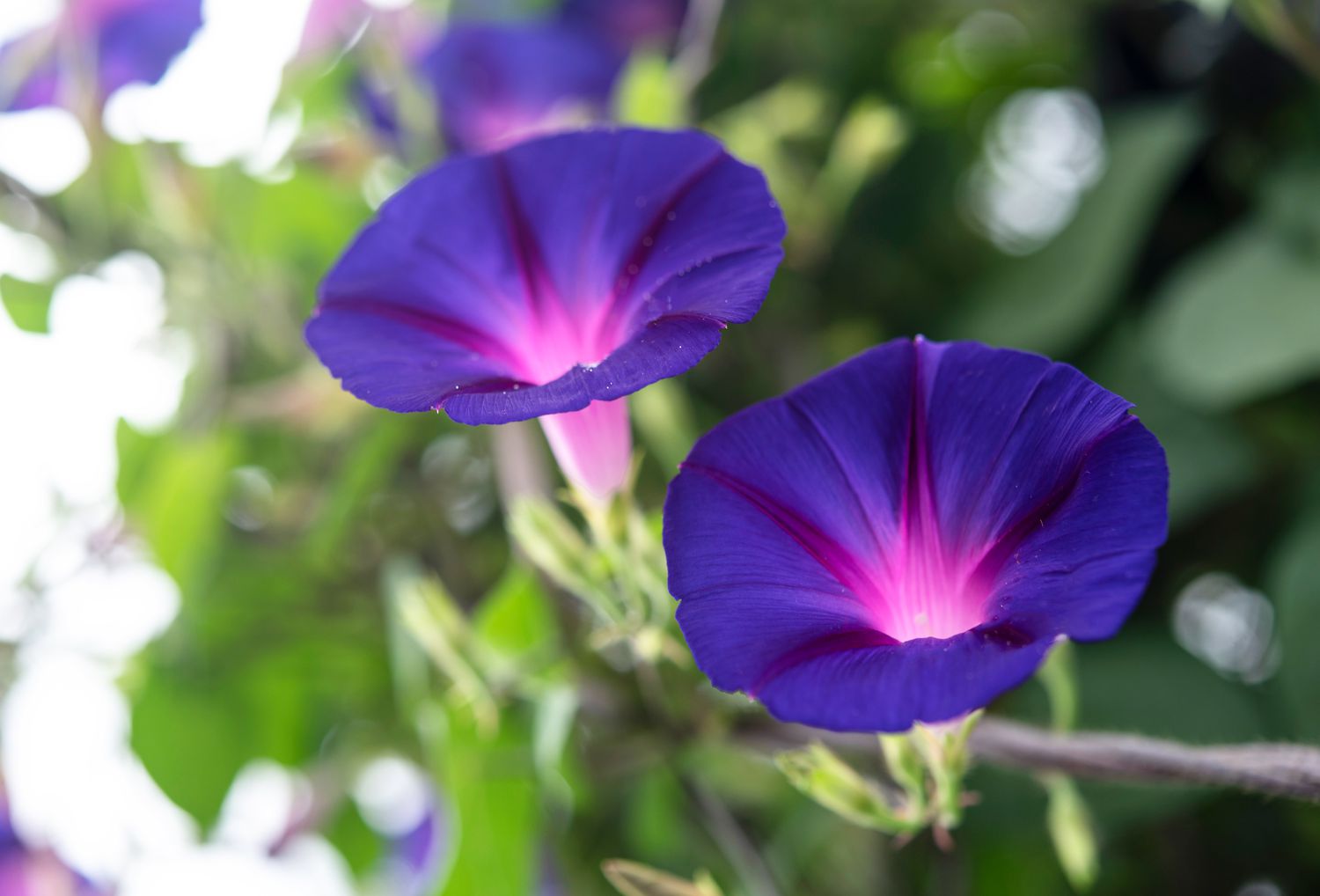
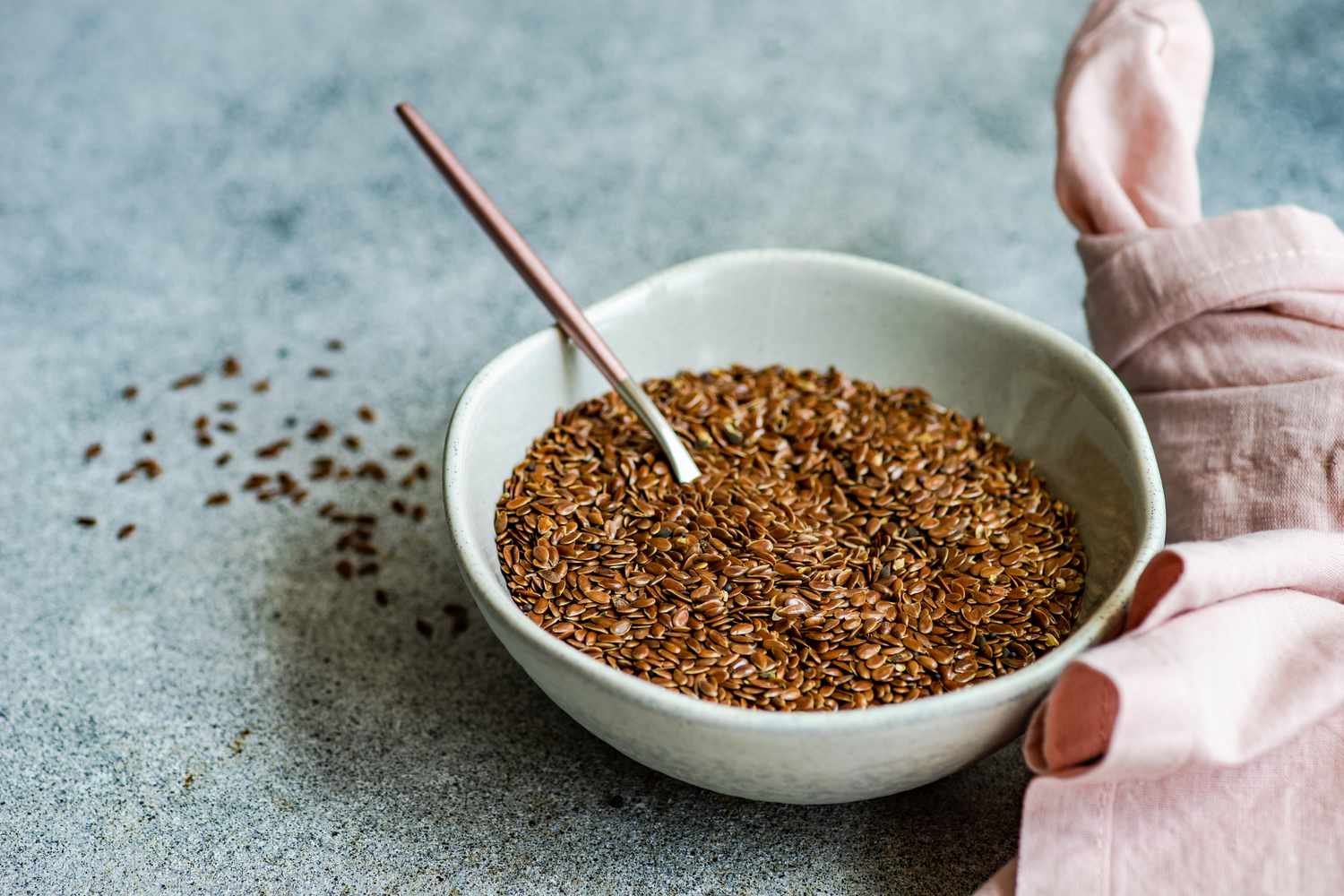
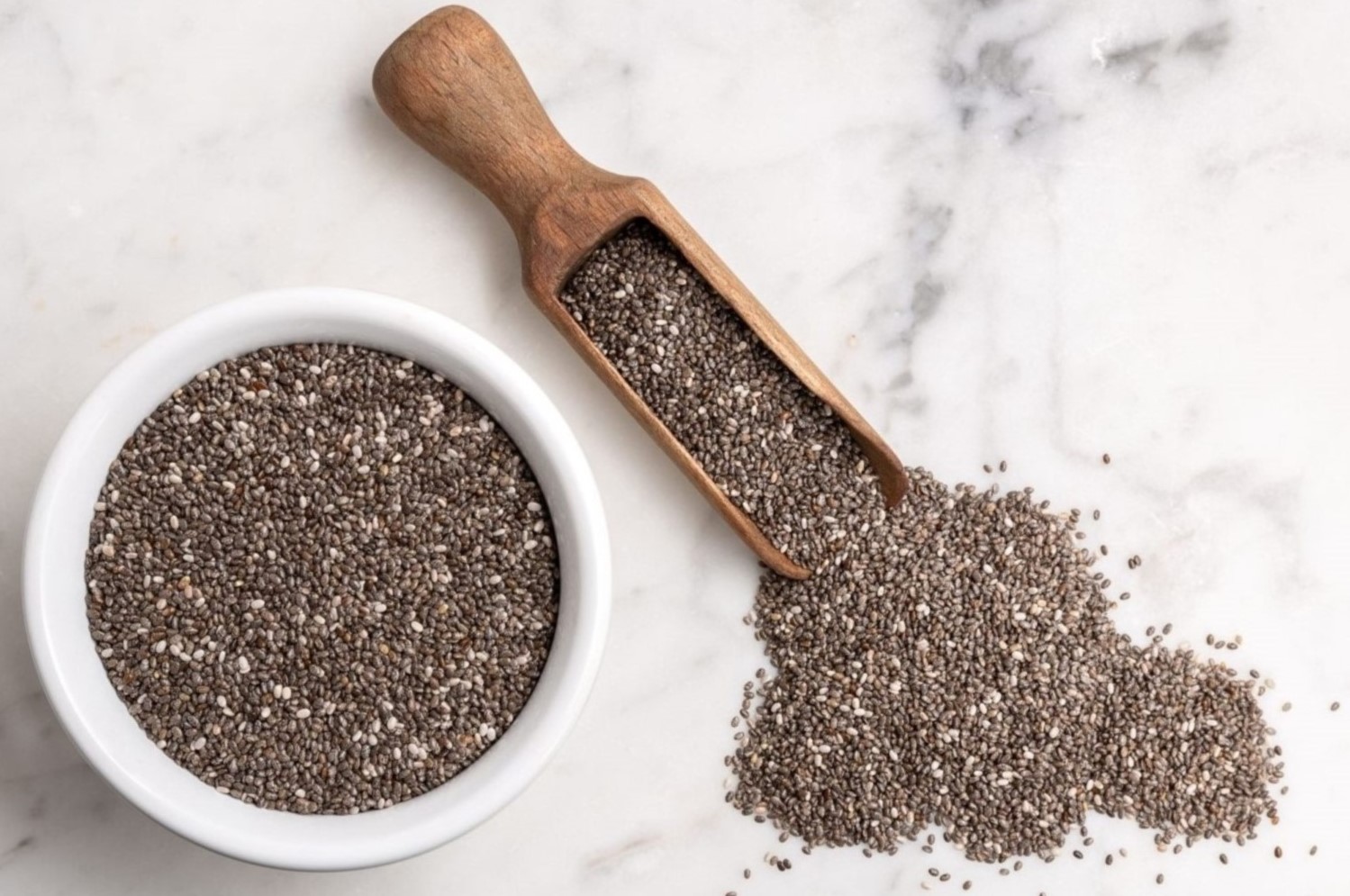
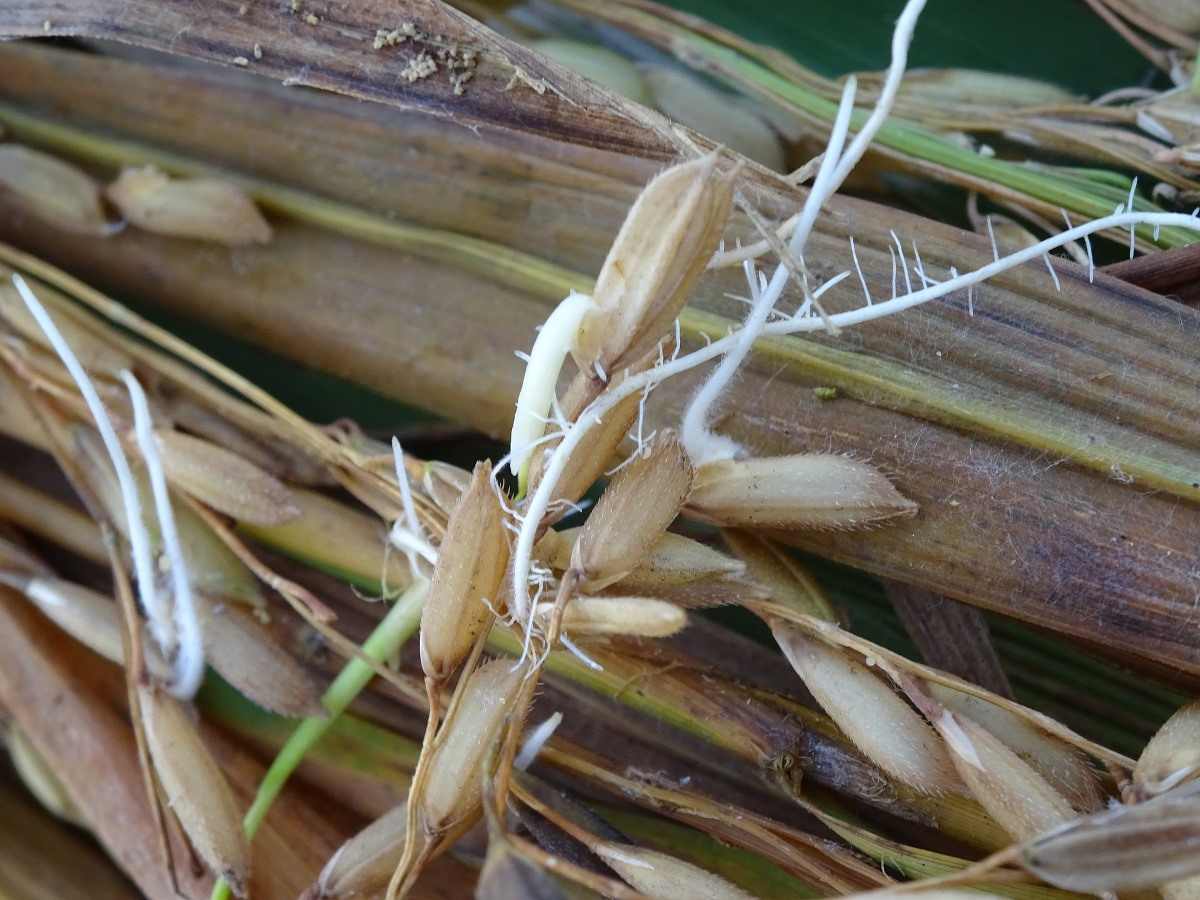
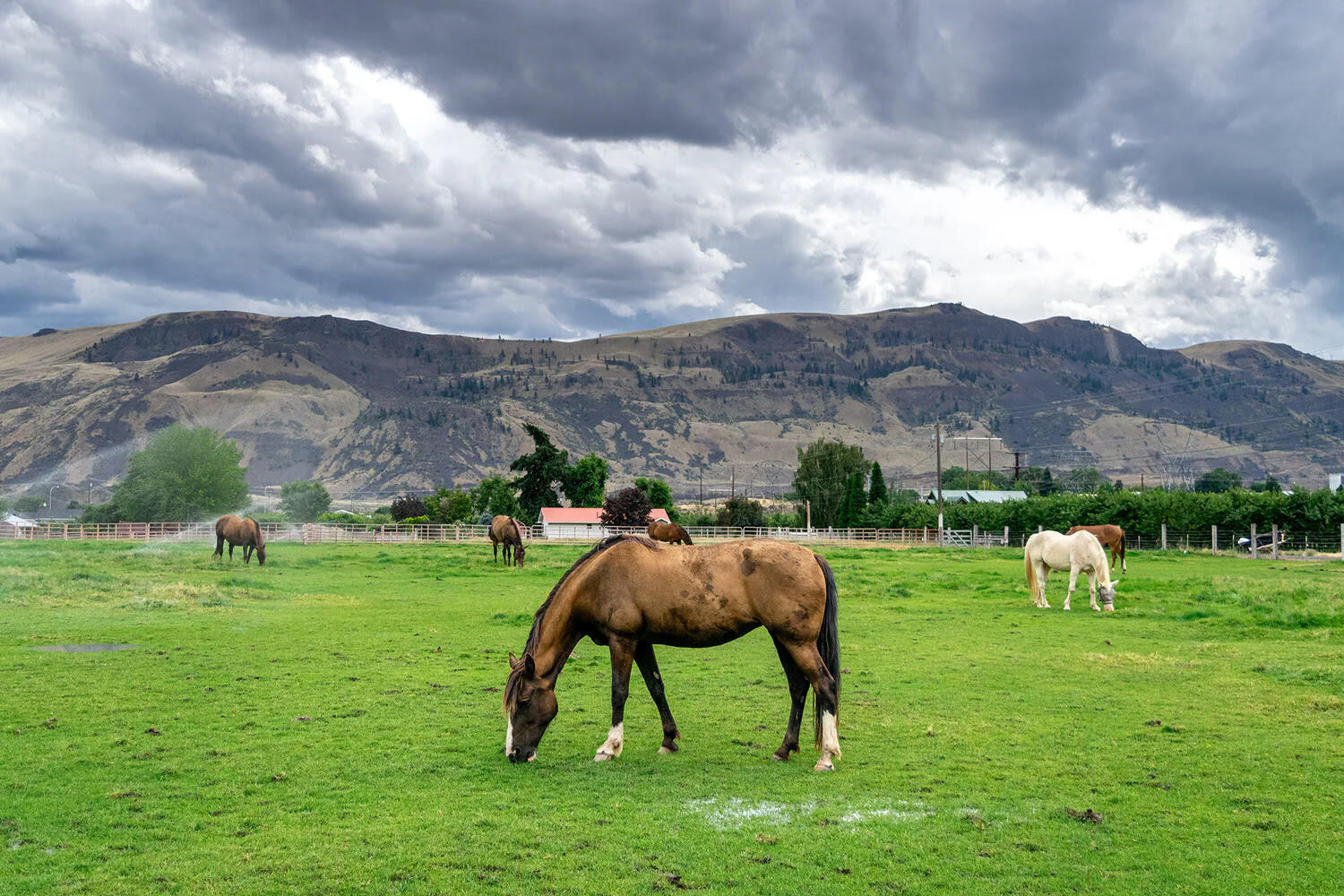
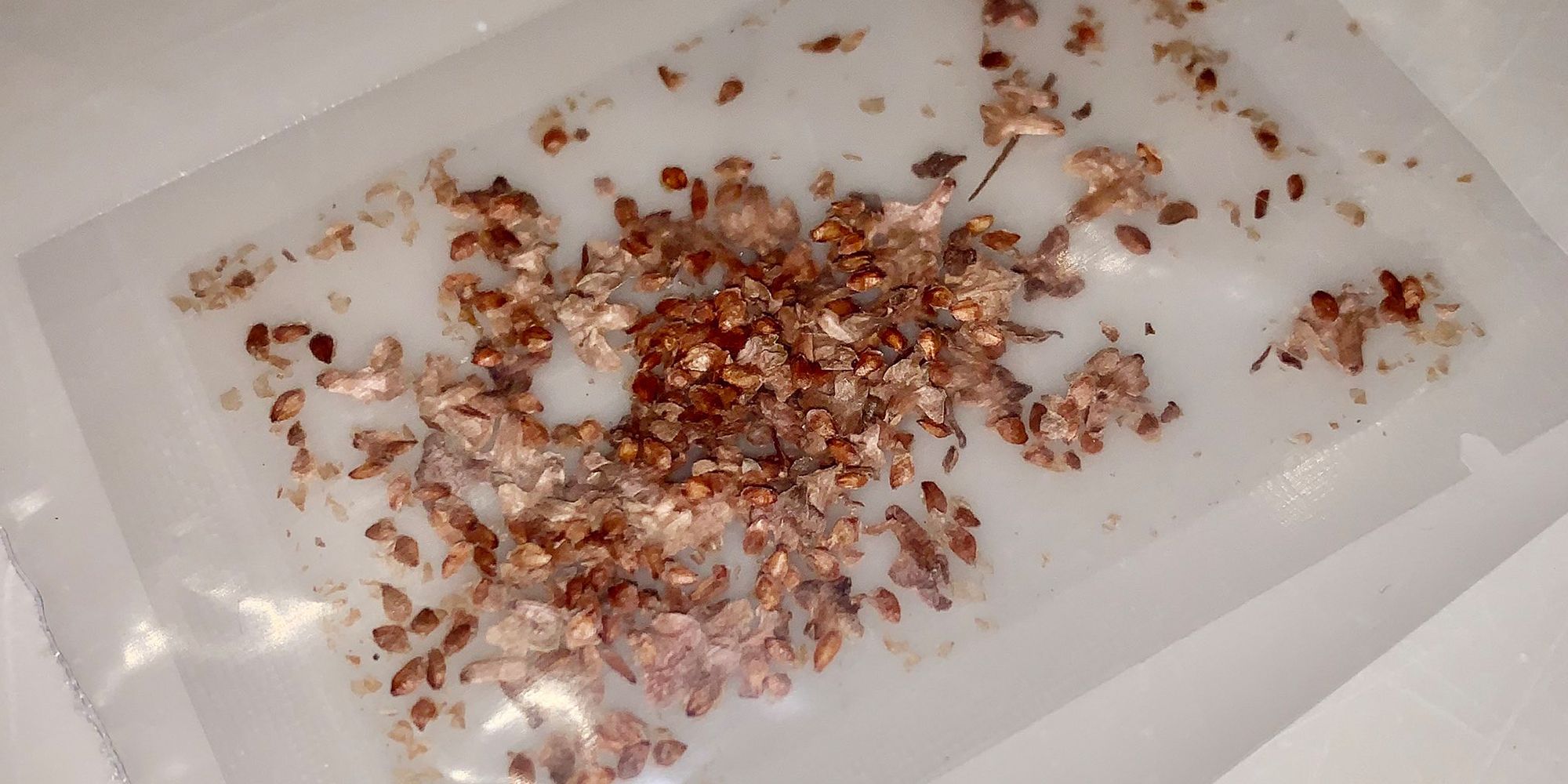
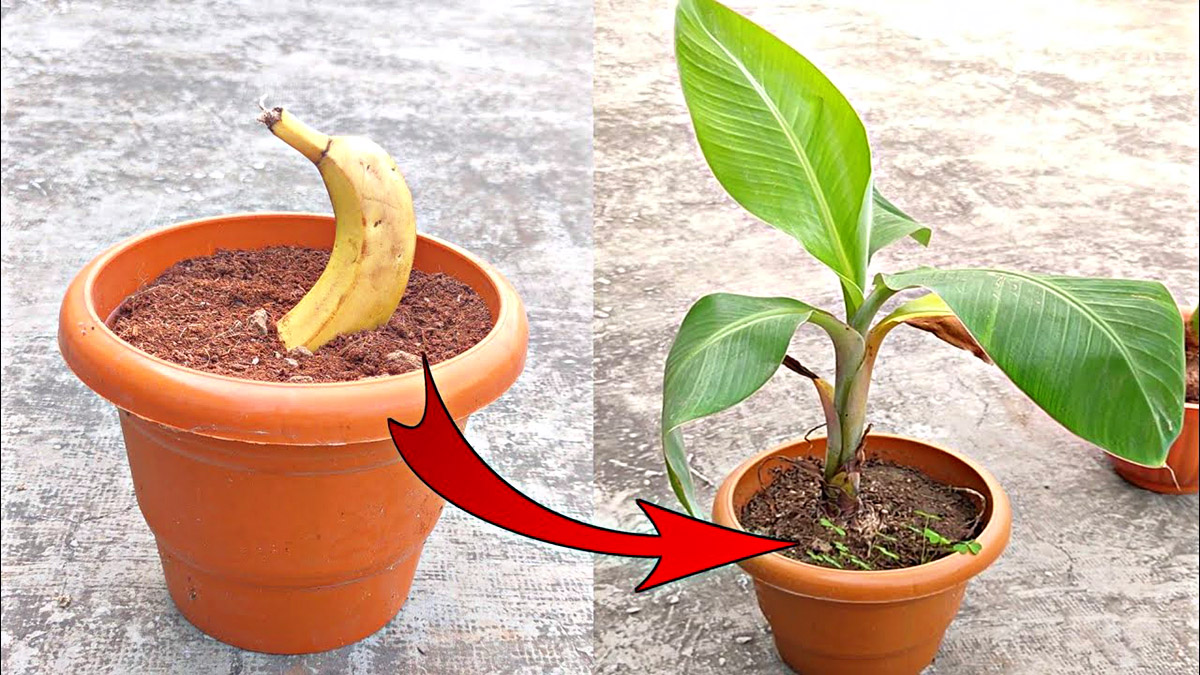
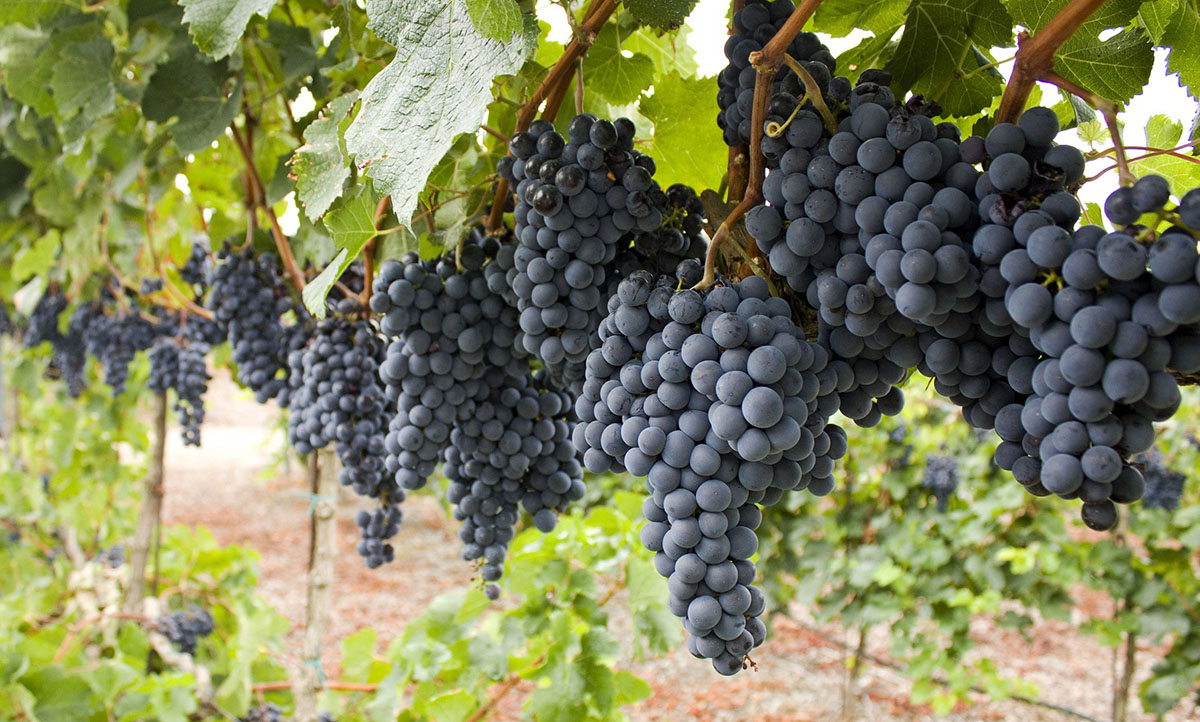
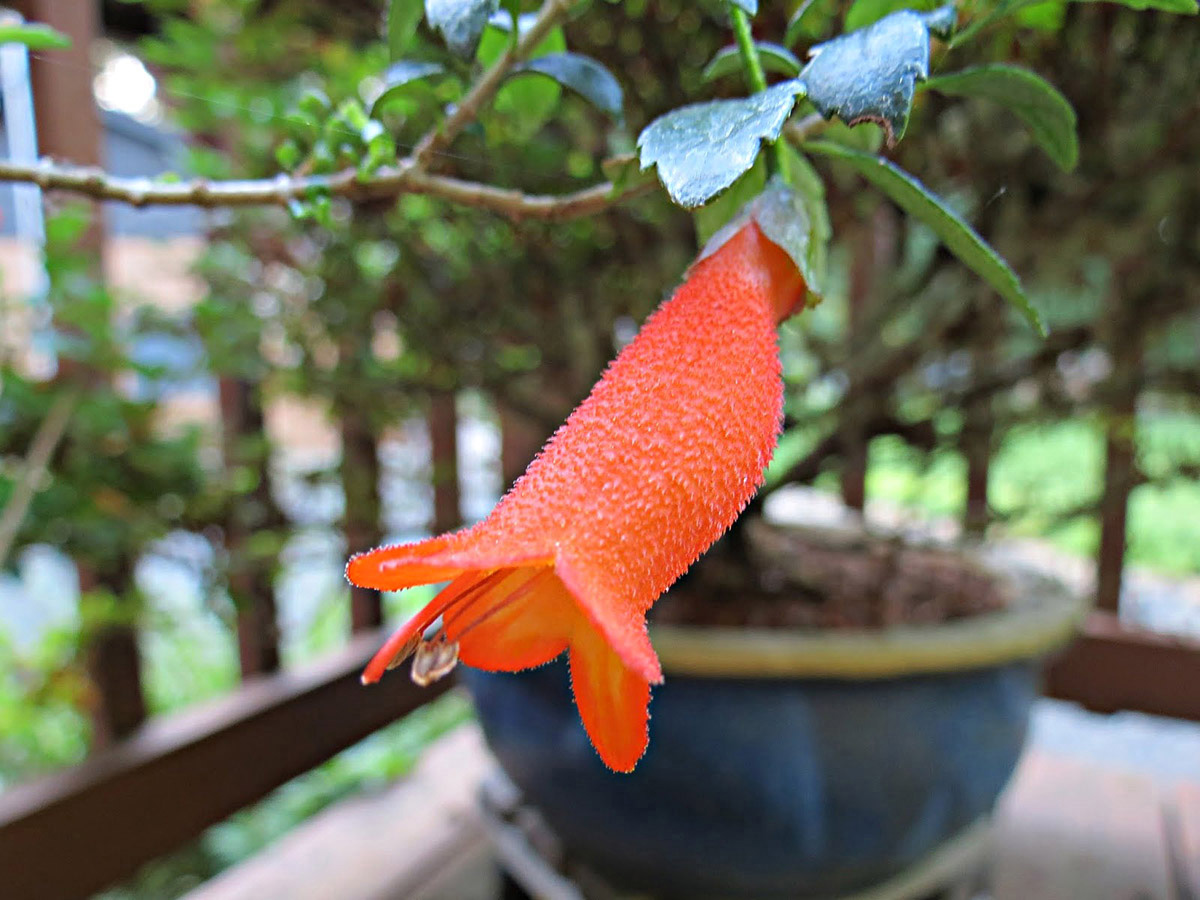
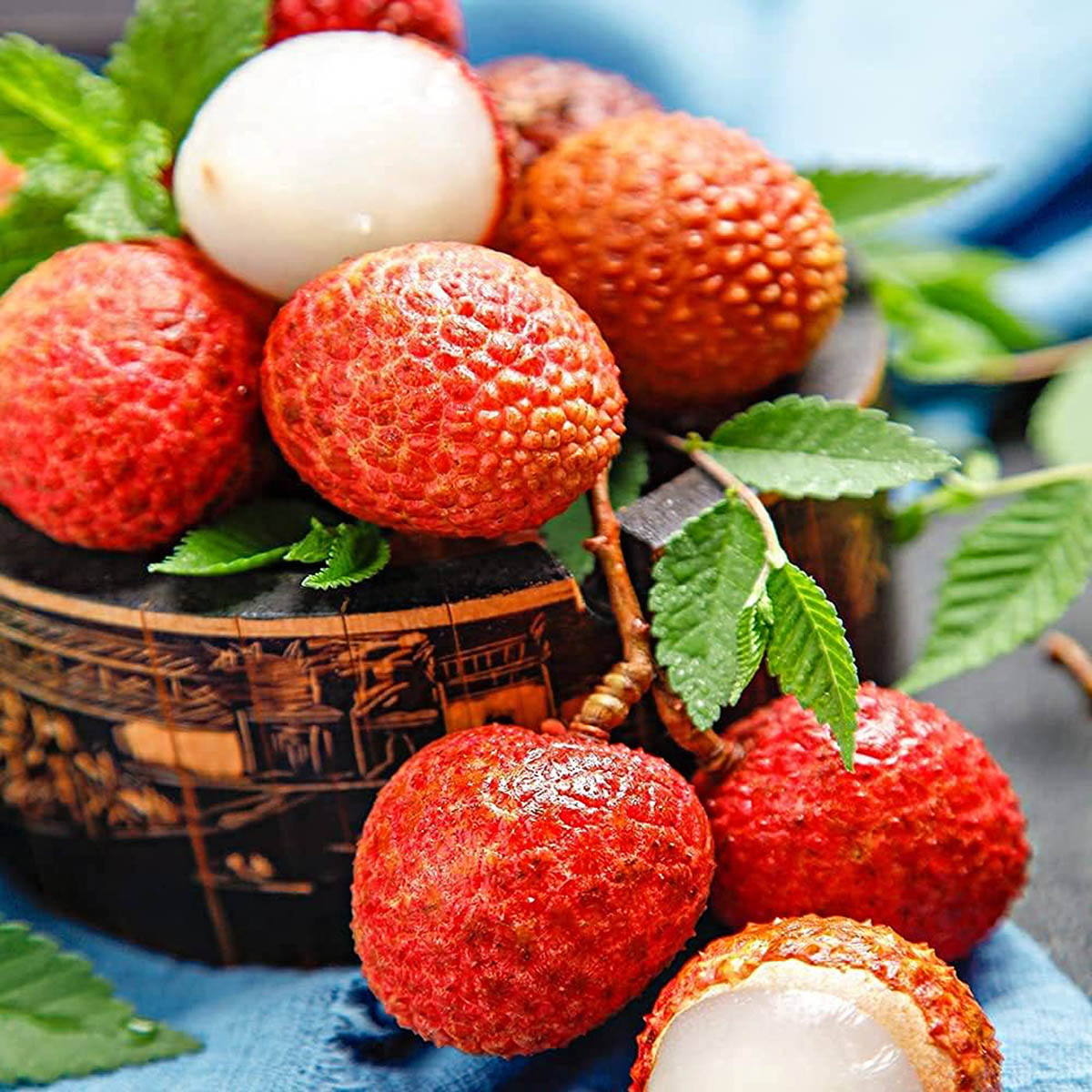
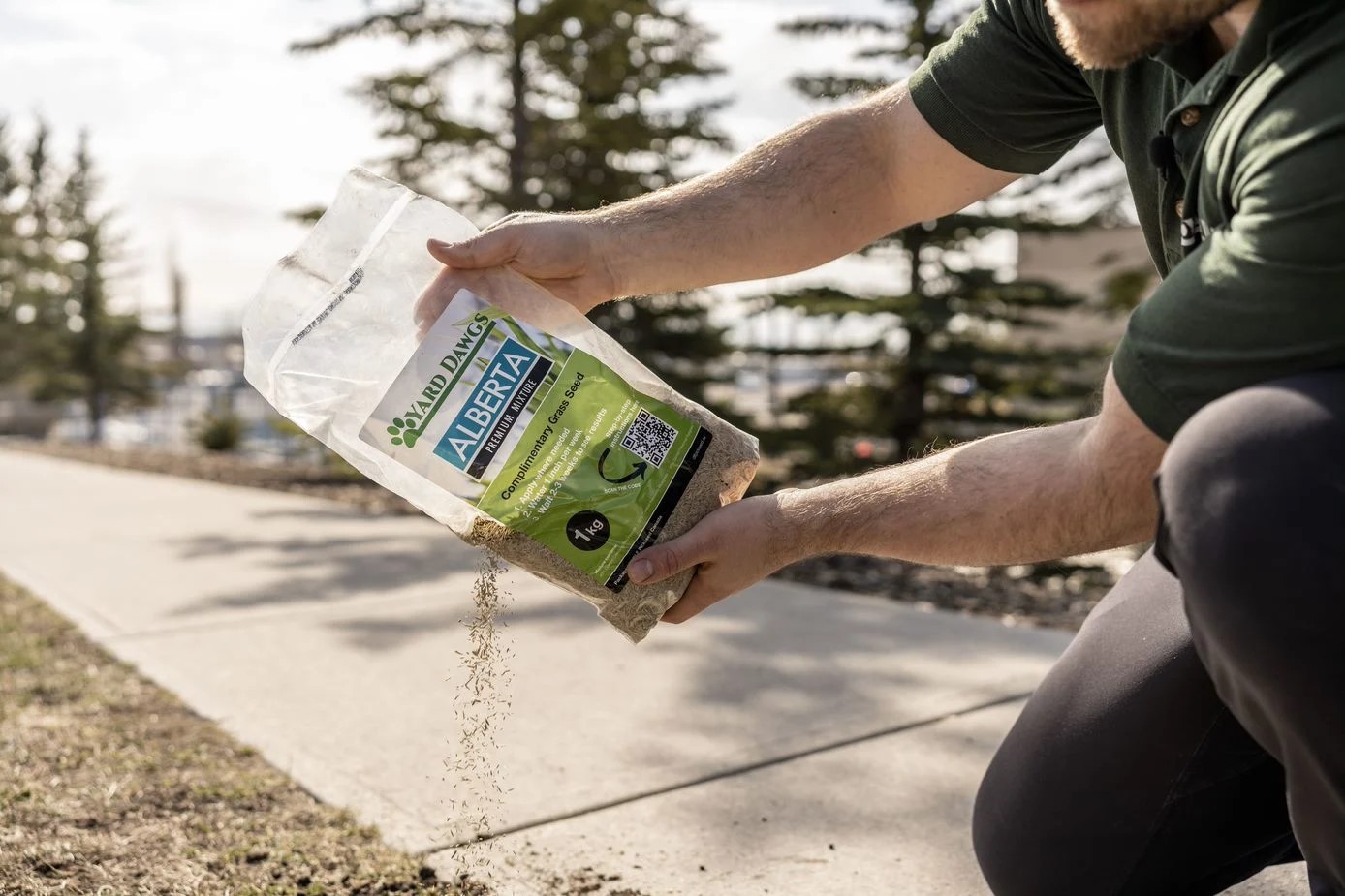
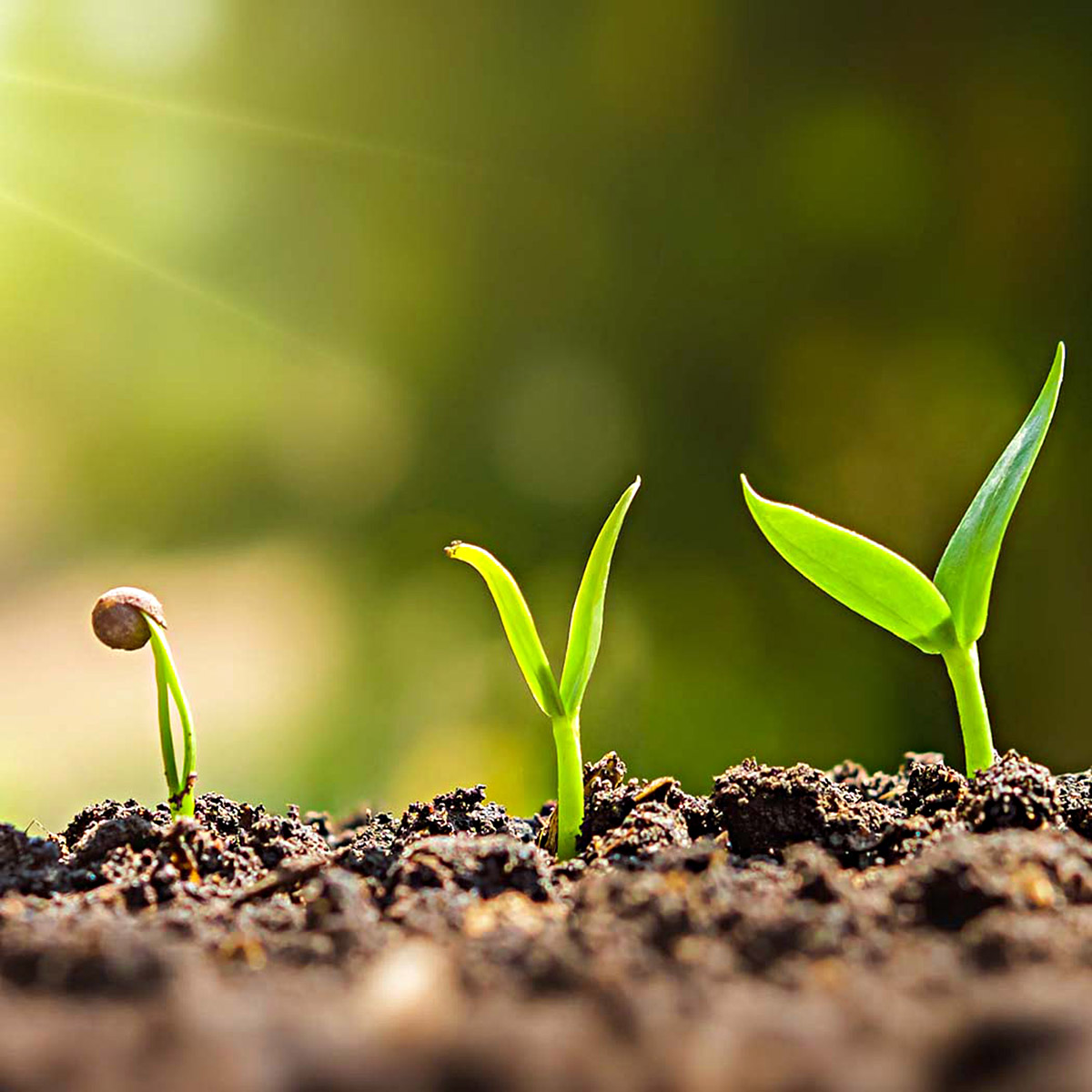
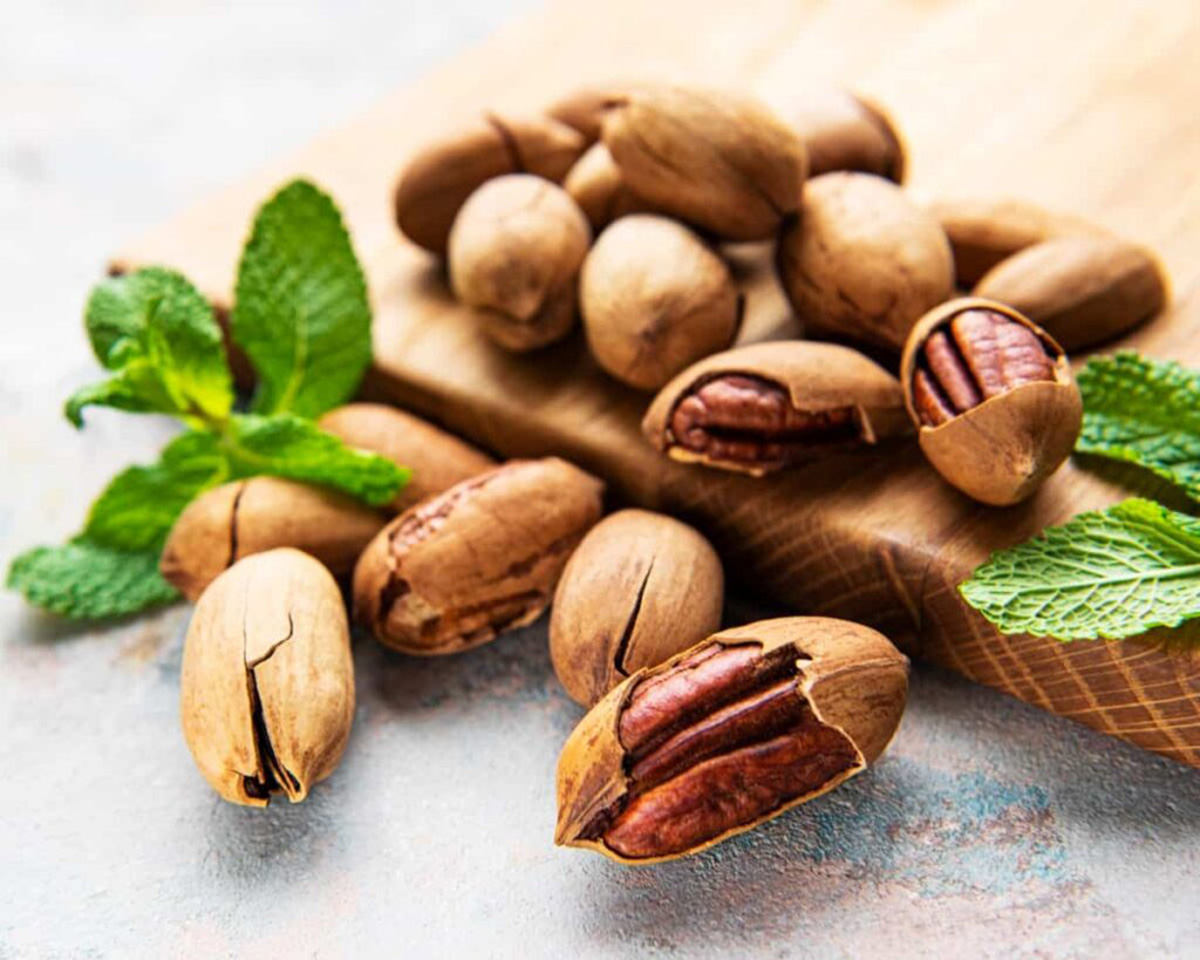

0 thoughts on “How To Store Seed”